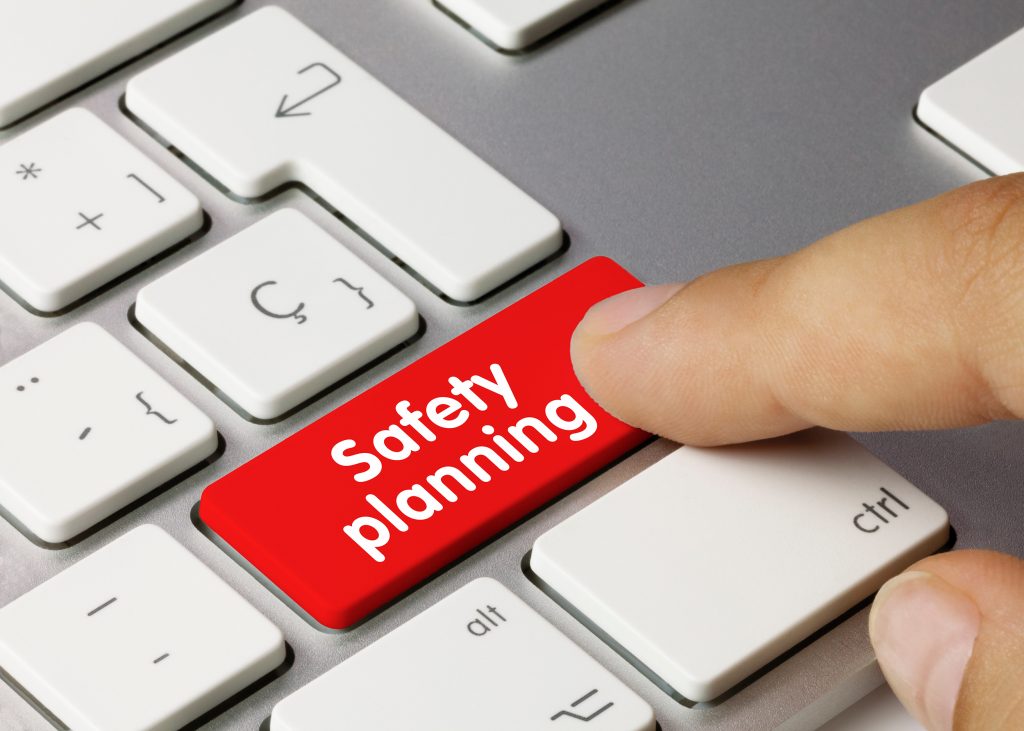
Planning and scheduling bolsters safety and success
A company’s financial success is meaningless without safety.
May 5, 2022 | By Doc Palmer
 Photo: © kerkezz / Adobe Stock
Photo: © kerkezz / Adobe Stock 
Photo: © kerkezz / Adobe Stock
Plant maintenance ensures that assets run reliably to create financial profits. However, there is no sense in any company success if individuals are not ensured complete safety.
Conveniently, the best maintenance practice of planning and scheduling bolsters both personal safety and company success. Maintenance planning and scheduling, together, replace dangerous reactive work with safer proactive work. They make any work safer, especially over the years. Additionally, they make a plant more reliable with fewer explosions and other unfortunate events that endanger everyone.
Maintenance work is dangerous, especially reactive maintenance, as it includes working on serious assets that can grab, cut, bite, pinch, and squash. Fortunately, we have skilled and experienced crafts that know how to handle the work. They have done the work many times over the years and know what to expect.
Unfortunately, maintenance is also routine enough to make even the best of us complacent. We take our eyes off the ball for a minute and get hurt. Consequently, maintenance is one of our most dangerous professions. Of all work, reactive maintenance is the worst. An emergency or urgent priority job begs rushing. The operators must have the equipment back in service. We cannot wait until morning and must work in the dark. It encourages taking chances. We use one chain fall instead of taking time to go get another one. If a lot of our work is reactive, it induces fatigue. We have so much overtime that we work tired and are prone to making poor decisions. And of course, reactive work by its nature cuts into plant profits.
While still dangerous, proactive maintenance is safer. It is generally work that can wait beyond the current week. Without having to complete the job right away, rushing is obviously reduced. We can also think better about what to expect and reduce surprises that might lead to taking chances.
In addition to simply any maintenance job that could wait, proactive work also includes PM, PM-directed work, and PdM-directed work. The PM work usually includes tasks such as replacing a filter or measuring chain thickness. The PM-directed work includes tasks such as replacing a chain. The PdM-directed work includes such tasks as replacing an inboard bearing. These specific tasks have known scopes without surprises and allow taking the correct parts and tools for the work.

Photo: © momius / Adobe Stock
Enter maintenance planning for even further help. Planners give head starts and improve them over the years. For any proactive job, or even a reactive job that can wait a few days, the planner helps anticipate what parts and tools they may need. Planners also provide job instructions as a guide or at least a reference, if needed. Furthermore, over the years, we learn better what to do and what not to do on particular assets.
Planners are “craft historians”, saving any learning and giving even better head starts over the years. This type of planning is “continuous improvement” in practice, the Deming Cycle. Of course, we never want our skilled and experienced craftspersons blindly following any job plans. We should always treat the plans as aids, not handcuffs. We want crafts to give feedback to improve plans for the future. The application of past learning leads to better maintenance execution both for more reliable assets and safer work execution.
Now enter maintenance scheduling for even further help. The management question is: how can we do more proactive maintenance when our hands are full of reactive maintenance? Proper maintenance scheduling (fully loading weekly schedules where it is “OK” to break the schedule) actually gives a 50 per cent pop in work order completions.
By definition, any extra maintenance we complete is that extra proactive work we could never seem to get after. Therefore, the extra work is all proactive. Nonetheless, we still have the same amount of reactive work with all its inherent safety problems and its cutting into plant profits. Nevertheless, very soon the extra proactive work starts to reduce the sheer incidence of reactive work. The proper greasing of a bearing before it’s too late prevents the bearing from failing, prevents collateral damage, and prevents loss of product.
Proper scheduling does that for us. Further benefits include project work, the ultimate proactive maintenance. With the increased productivity, we can complete more projects in-house. Projects are work opportunities to replace inherently less reliable assets with better ones. For example, we might replace an internal oil pump with an external oil pump that is easier and less intrusive to work on in the future. Before too long, most of our work is safer, more profitable proactive work.
For instance, an asset explodes injuring a number of persons and taking down production. The maintenance force jumps into risky reactive action and works overnight once again on overtime to restore the plant. The root cause turns out to be not getting around to doing important PM, and didn’t finish all the PdM routes in the last few months. That should not be normal. We want a plant that runs well and we can do it safely.
We have to be doing proactive stuff to keep things from breaking. Planning and scheduling can help us do that proactive maintenance, and do better prepared maintenance over the years. To be a great plant, you have to be both profitable and safe. MRO
_______________________
Doc Palmer, PE, MBA, CMRP is the author of McGraw-Hill’s Maintenance Planning and Scheduling Handbook and as managing partner of Richard Palmer and Associates helps companies worldwide with planning and scheduling success. For more information including online help and currently scheduled public workshops, visit www.palmerplanning.com or email Doc at docpalmer@palmerplanning.com
